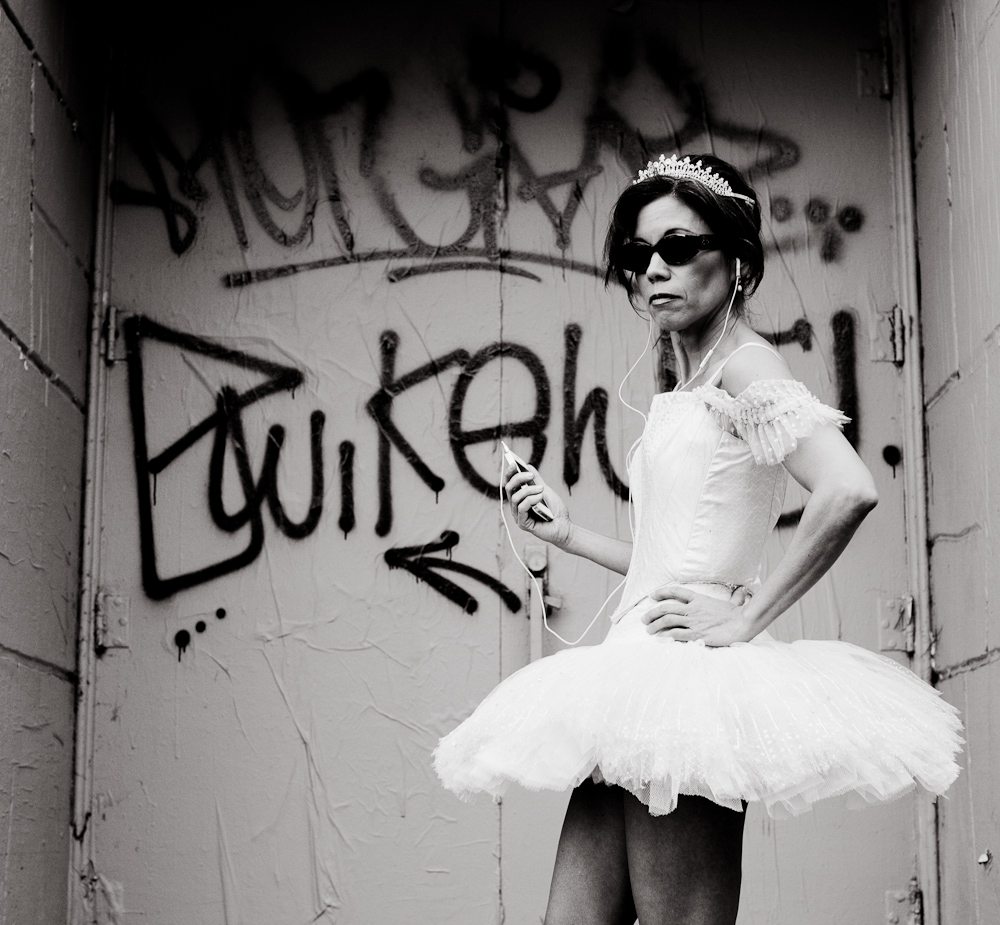By Caille Millner
San Francisco Chronicle.
One of the most exciting things going on in the world of ballet is being run by two Bay Area women who avoided the ballet world for as long as they possibly could.
What they were seeking to avoid was not the dancing itself but everything that seemed to go with it — the cliquishness, the body dysmorphia, pretty much everything that was shown in the movie “Black Swan.”
“I believe that ballet can be about joy, about feeling beautiful and about making your body healthy,” Carla Escoda told me. “That pretty much makes me an outsider.”
Of course, it depends on who’s doing the judging. Several years ago, Escoda launched a blog and a movement — check out www.ballettothepeople.com — that endeared her to many enthusiasts and more than a few top ballerinas. (Misty Copeland, the famous American Ballet Theatre soloist, is one.) Escoda’s stance on ballet is scientific, funny and down to earth — three qualities that are rarely associated with ballet at all.
That’s why I went to one of her classes this week at City Dance Studios, South of Market. Escoda’s vision of ballet goes against pretty much everything I learned about it as a young dance student.
Where I learned in class that ballet was about pushing my body, sometimes until it broke, Escoda used ballet to nurse herself back to health after being diagnosed with a severe form of arthritis at the age of 46. (She’s now a youthful 55-year-old.)
“I was so stiff that I could barely walk, so I stretched out on the floor and did the poses I had learned as a child,” she told me. “When I got strong enough to stand again, I went back to the barre. Ballet can be really good for your body if you do it gently and with the right sequencing.”
Where I learned in class that I would never be a good ballerina because my body shape wasn’t acceptable, Escoda (who heard the same thing as a student) is allergic to finding perfectionism through destroying people’s self-esteem.
“Ballet has to open up, and it has to try new things,” Escoda said. “I got a lot of hate mail for doing little ballet films using Google Glass, but I wanted to show people something different. It doesn’t have to be tutus all the time. Try something new.”
I knew going in that Escoda was different, but I confess that I felt overwhelmed by bad memories and self-doubt when I walked into her class on Wednesday evening. I was hovering by the door, trying to get my courage up, when a very fit, older man saw me and called out, “Stop being so shy, and get in here.”
“Call her in, Peter,” Escoda said from the front of the room. “And will you check the score, too?”
I scurried in and took a position at the barre. Once Peter had confirmed that the Giants were still winning, the class cheered and went back to tendues.
buy cialis professional online nouvita.co.uk/wp-content/themes/twentynineteen/fonts/en/cialis-professional.html no prescription
Even though the game was on, the class was full — and motley, which was comforting. My fellow students were triathletes and manual workers and a few other young women who had suffered through some classes as girls.
I was surprised by two things: that there were quite a few men in the class (“They tell me that they feel comfortable here, and that’s rare,” Escoda told me), and that I turned in a pretty good performance.
“We didn’t know that you were the reporter,” said Leigh Donlan, a fellow teacher who writes posts for Escoda’s blog.
I would have liked to forget all of those bad experiences in ballet classes, but my body didn’t forget the positions.
After huffing and puffing through more relevés than I thought were possible, I walked over to Zuni Cafe with Escoda and Donlan.
We ate oysters, squash gratin, and bread — yes, they both eat — and talked about how their lives had led them back to ballet.
Escoda was born in Manila and grew up in Thailand and Malaysia. Growing up, she said, both she and her sister trained extensively in dance. But it was her sister, Cristina, who turned out to be the “true ballerina,” she said.
While Cristina went on to a rich ballet career, Carla went to Yale and then worked as a banker in Hong Kong and Singapore.
“Honestly, I wouldn’t trade that experience for a career in ballet or for anything,” Escoda said. “It was such an exciting time to be there. And then I had (the arthritis) crisis and used it to reinvent myself.”
Donlan, 43, grew up in Long Beach with an athletic family, “so there was no question that I would be serious about having a physical discipline,” she said. “But ballet? I was intimidated by it until late in my professional dance career.”
Then she realized that she liked the discipline of ballet and hated the cold environment in which it was usually taught.
Now the two of them are warming that environment up, class by class, blog post by blog post. And if they’re surprised by the attention that Ballet to the People has gotten — “We just heard from a reader in South America who says we’re like the Siskel and Ebert of the ballet world,” Donlan marveled — they want to take advantage of the opportunity.
“The goal is to have an influence on what’s going on in dance,” Escoda said. “To make it easier for beginners and better for the people who are already in it.”
Or better for the people who had given up on it.














































































































































































































































































































































































